How Eco-Friendly Clothing makes a Difference: Sustainable Fashion 2025
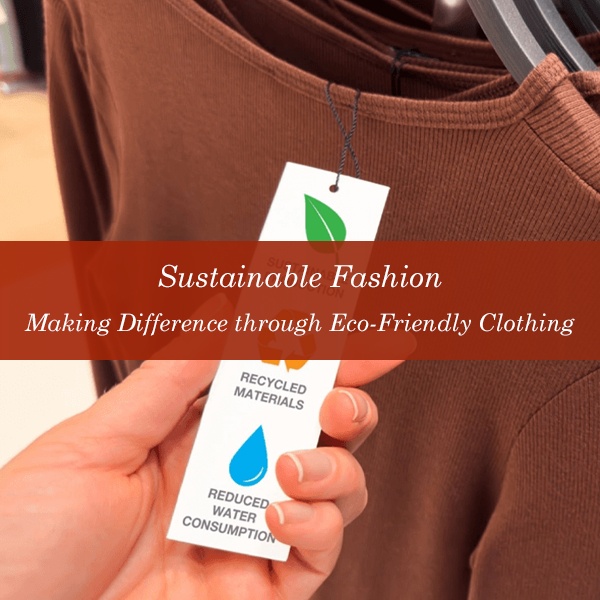
The fashion industry produces over 2 billion tonnes of carbon emissions annually. It generates nearly 92 million tonnes of textile waste and consumes more freshwater than most other sectors. Dyeing processes alone create over 20% of global industrial wastewater. Fast fashion accelerates this environmental crisis through cheap, rapidly-produced
clothing that promotes overproduction, excessive resource consumption, and exploitative labor practices. Many brands market themselves as '
green' but true sustainability is more than a label. It means full transparency about sourcing, fair treatment of workers, reducing pollution across the supply chain and designing clothes that last or can be recycled. The difference between greenwashing and genuine effort lies in whether the brand addresses the entire
life cycle of its products rather than launching small '
eco' collections while still running massive fast
fashion operations.
What makes this moment critical is the growing awareness among consumers, especially young Indians, who now demand accountability and push for eco friendly practices. Governments and global bodies are also enforcing stricter rules around waste, emissions and recycling, forcing brands to act. With circular models and honest sustainability becoming the future, it is clear that change is no longer optional but urgently necessary.
The Environmental Impact of Fashion Industry
Every garment follows a complex journey from raw materials to your wardrobe, carrying hidden environmental and social costs at each stage. Understanding these stages helps us see why
sustainable fashion matters.
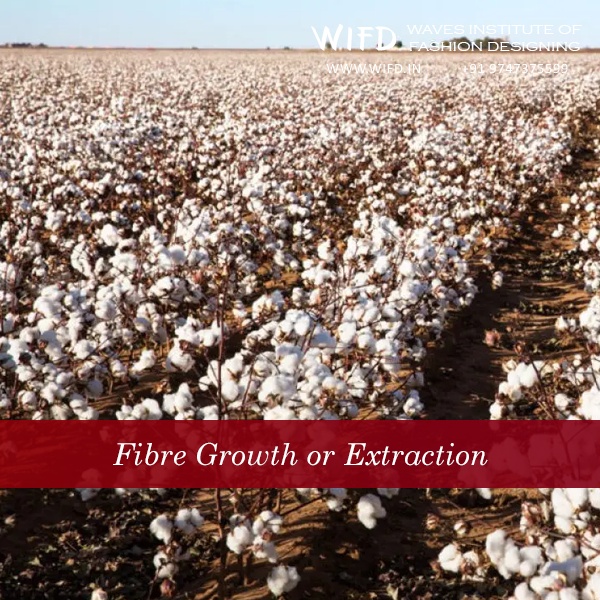
Fibre Growth or Extraction
Clothing begins with raw material. Cotton cultivation requires massive amounts of water, pesticides and fertilizers. A single cotton t-
shirt consumes over 2,700 liters of water during production. Polyester, on the other hand, comes from petroleum, which uses fossil fuels and adds to greenhouse gas emissions. Both options put heavy pressure on natural resources.
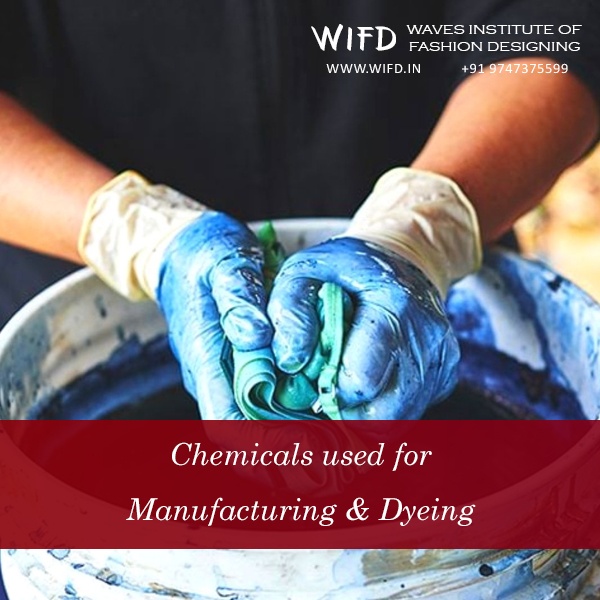
Manufacturing and Dyeing
Turning fibres into fabric and garments uses energy, water and chemicals. Dyeing is one of the most polluting steps, as untreated wastewater often flows into rivers. This contaminates water sources and affects aquatic life. Workers in small factories sometimes face unsafe conditions while handling toxic dyes and finishing agents.

Transport and Retail
Clothes travel thousands of kilometres before reaching shops. Cotton grown in India may be spun in another country, stitched in Bangladesh and then shipped back to India for sale. Each stage adds carbon emissions from trucks, ships and planes. Retail stores also consume energy for lighting and air conditioning, adding to the footprint.
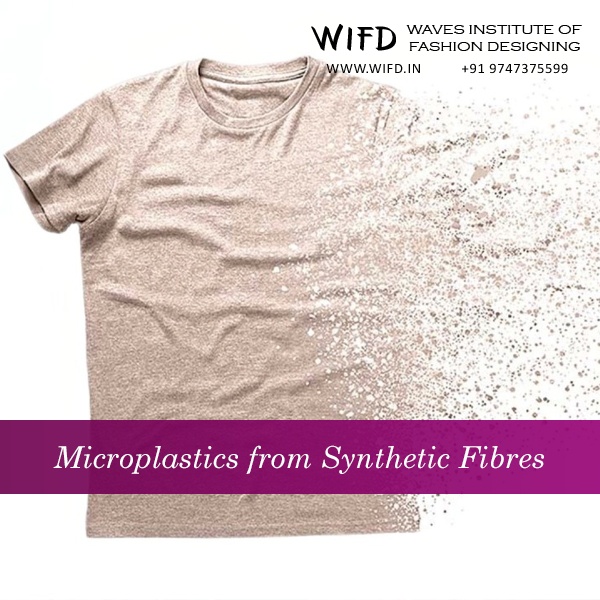
Consumer Use
The impact does not end after purchase. Washing clothes releases microplastics from
synthetic fibres such as polyester and nylon. These particles enter rivers and seas, harming fish and eventually the food chain. Washing also uses electricity, detergents and water, while ironing adds to energy consumption.

Disposal
When clothes wear out, many end up in landfills. In India, approximately 60% of discarded textiles end up in landfills or are burned, releasing toxic emissions. Only a small share goes into recycling or upcycling. Synthetic fabrics like polyester can take hundreds of years to break down, leaving long-term waste.
Human and Social Costs
Behind each garment are workers, often women, who face long hours and low pay. Unsafe factory conditions expose them to dust, dyes and heat, risking their health. Gender inequality remains high, with women in the garment sector earning far less than men. These hidden costs are rarely factored into the price tag.
Case Study - Virgin Polyester v/s Recycled Polyester
Virgin polyester, made from petroleum, emits nearly three times more carbon than recycled polyester. Recycling old plastic bottles into fibre reduces energy use and keeps waste out of landfills. While not perfect, recycled polyester is a better choice when compared with virgin polyester.
Materials and Innovations in Sustainable Textiles
The shift towards sustainable fashion starts with the very fabric of our clothes. Materials and
textile innovations play the biggest role in reducing fashion's impact on the planet. Let's look at the most important options shaping eco-friendly clothing today.
Natural Fibres with a Greener Touch
- Organic Cotton - Unlike regular cotton that consumes heavy amounts of water and pesticides, organic cotton is grown without harmful chemicals. It feels soft on the skin and is safe for farmers. The drawback is that it still uses a lot of water during cultivation.
- Hemp - A hardy plant that needs very little water and grows fast. Hemp fabric is strong, breathable and naturally resistant to pests. The downside is its slightly rough texture, though newer processing methods are improving comfort.
- Linen (from flax) - Cool, lightweight and perfect for Indian summers. Linen uses less fertiliser and water than cotton. It wrinkles easily, but many people see that as part of its natural charm.
Recycled Fibres for a Circular Future
- Recycled Polyester (rPET) - Made from PET bottles and old garments, it saves plastic from ending up in landfills. It performs like virgin polyester but reduces dependence on crude oil. The challenge is that it still sheds microplastics when washed.
- Recycled Wool - Old wool garments are shredded and spun into new yarns. It saves energy and resources compared to producing fresh wool. However, repeated recycling can weaken fibre quality.
Bio-Fabricated and Lab-Grown Textiles
- Mushroom Leather (Mycelium) - Grown from mushroom roots, it looks and feels like leather without harming animals. It is biodegradable and already used in handbags and shoes.
- Algae-Based Fabrics - Algae fibres can be spun into textiles or blended with other fibres. They are lightweight, biodegradable and absorb carbon dioxide during growth.
- Lab-Grown Leather - Made in controlled labs using animal cells, it mimics real leather while avoiding the heavy environmental cost of livestock farming.
Smart and Functional Eco-Textiles
- Self-Healing Fabrics - Materials that repair small cuts or tears on their own, which extends the life of clothing.
- Dye-Free Textiles - Some fabrics are engineered to carry natural colours from their raw material, removing the need for chemical dyeing.
- Thermoregulating Fabrics - These adjust to body temperature, keeping you cool in the heat and warm in the cold, which reduces the need for multiple layers of clothing.
Tackling Fibre Blends and Recycling Challenges
Many garments today use blended fabrics such as polyester-cotton. These blends feel comfortable and durable but are very hard to recycle because separating the fibres is complex. New technologies now make this easier. Companies like Ambercycle have created Cycora, a recycled polyester made from old textiles. Their process breaks down fibres at the molecular level, allowing true circular recycling.
Sustainable textiles are moving fast from traditional natural fibres to high-tech lab-grown and recycled solutions. With each step, the industry comes closer to reducing waste and creating clothing that cares for both people and the planet.
Design, Production and Business Models that Truly Change Fashion
Sustainable fashion goes far beyond using organic cotton or recycled fabrics. The way clothes are designed, produced and sold plays a big role in reducing waste and making the industry kinder to both people and the planet. Let's break it down.
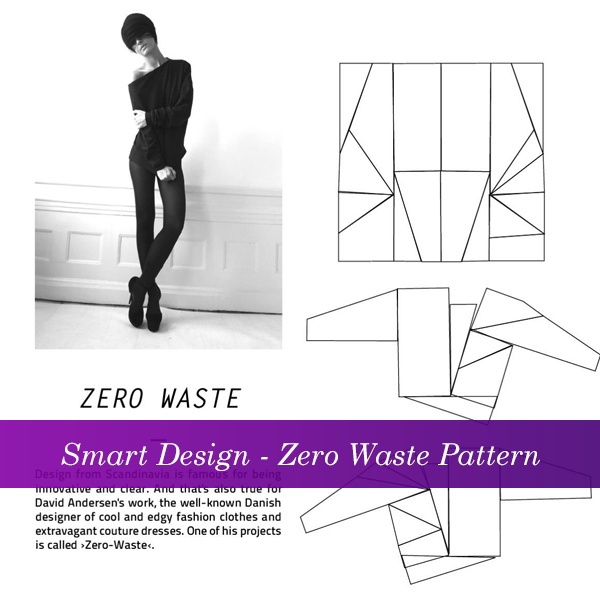
- Smarter Design Choices - Designers now use zero-waste pattern making, where every bit of fabric is cut and stitched into the final garment, leaving no scraps behind. Some also create modular designs, like detachable sleeves or adjustable fits, so one outfit works in many ways. Clothes built for repair and durability last longer and encourage people to fix rather than throw away.
- Circular Business Models - Brands are moving away from the buy-and-dump cycle. Popular options include:
- Rental and leasing: Special outfits like wedding wear can be rented at a fraction of the cost instead of being bought once and stored.
- Resale or recommerce: Pre-loved fashion platforms in India now allow people to sell and buy quality second-hand clothes.
- Take-back schemes: Some companies collect old garments and recycle the fabric into new products, closing the loop.
- Real Brand Examples - Internationally, Ganni works with Ambercycle to turn old textiles into new fibres. Many European labels now experiment with a digital product passport, which stores details about the fabric, origin and care. These tools hold brands accountable and help customers make informed choices. In India, several young labels promote handloom and slow fashion through transparent production processes.
- Trust through Certifications - Consumers often look for proof before trusting a brand. Standards like GOTS (Global Organic Textile Standard) for organic fibres, Fair Trade for ethical practices and OEKO-TEX for safe dyes give that confidence. Companies with B Corp certification also commit to balancing profit with social and environmental responsibility.
- Technology Powering Change - Advanced tools now support sustainable production. AI-based sorting machines can quickly separate fabric waste. Hyperspectral imaging identifies fibre types for accurate recycling. Blockchain systems track a garment's journey from farm to wardrobe, ensuring complete traceability.
These approaches show that fashion can thrive without harming the planet. By rethinking design, experimenting with circular models, ensuring transparency and using technology wisely, brands can create clothing that truly makes a difference.
Regulation, Policies and Systems Change in Sustainable Fashion
Sustainable fashion cannot grow on individual efforts alone. It needs strong policies, clear regulations and a system where governments, industries, NGO's and consumers move in the same direction. Around the
world, different rules and agreements are pushing this change and India too is slowly taking steps in this space.
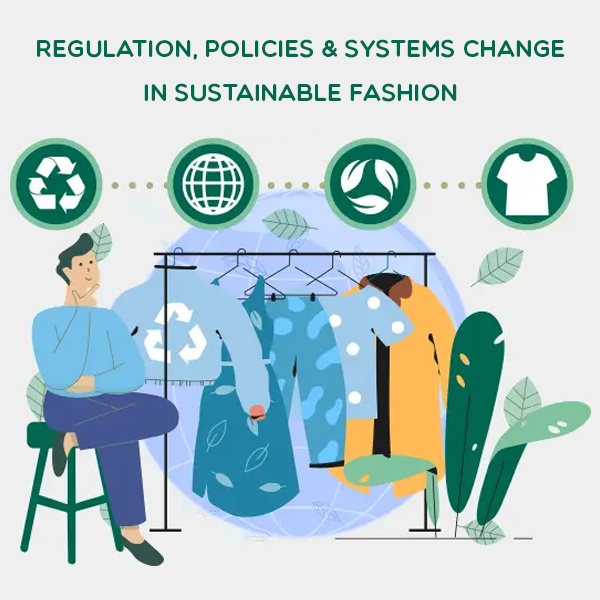
- Recent Global Regulation Efforts - The European Union has introduced Extended Producer Responsibility (EPR) for textiles. This means brands must take responsibility for the clothes they make even after the clothes are sold, including recycling and safe disposal. Many countries now restrict the import and export of textile waste, which directly affects nations that once received second-hand clothing in bulk. Some governments also provide tax incentives to businesses that adopt eco-friendly fabrics, natural dyes or recycling technologies.
- International Sustainability Pacts - Agreements like the UN fashion industry Charter for Climate Action bring together brands and governments to reduce carbon emissions in fashion. India has joined several global talks on climate change that indirectly shape the fashion industry, especially by encouraging renewable energy use in textile production.
- Role of Governments, NGO's, Industry and Consumers -
- Governments set the rules through laws, tax benefits and monitoring.
- NGO's create awareness, highlight worker issues and push for stronger action.
- Industry drives innovation by investing in sustainable fabrics, cleaner dyeing processes and recycling systems.
- Consumers make the final choice by demanding eco-friendly clothes and supporting brands that practise transparency.
- Economic Incentives and Funding - Green financing is becoming important. Governments and banks are offering lower interest loans or grants to companies working with organic cotton, water-saving dyeing methods or circular fashion models. These incentives make it easier for small and medium businesses in India to shift towards sustainable practices without bearing the full cost themselves.
- Transparency through New Legislation - To reduce greenwashing, the EU plans to introduce digital product passports. These will carry detailed information about a garment, such as the fibre source, chemicals used and recyclability. Such measures increase accountability and help consumers make informed choices. Similar frameworks may soon influence Indian policies as global trade aligns with stricter sustainability checks.
Pitfalls, Trade-offs and Challenges in Sustainable Fashion
Sustainable fashion is often seen as the answer to fast fashion problems, but it comes with its own set of hurdles. Understanding these challenges helps shoppers make better choices and avoids
blind trust in anything labelled as 'eco-friendly'.
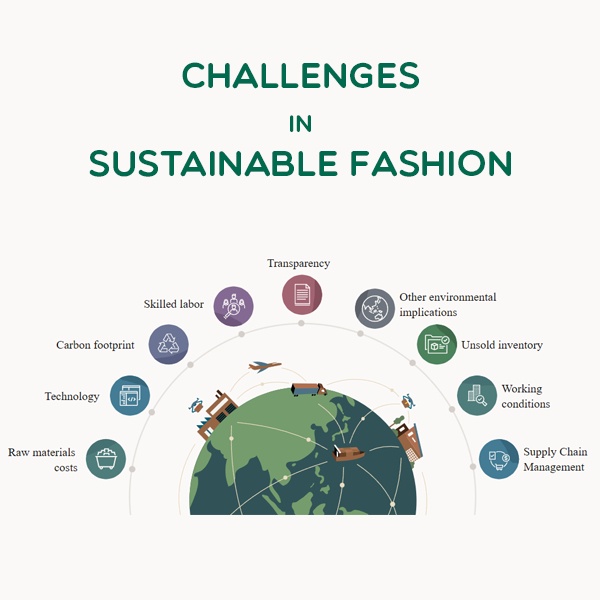
- Rebound Effect - A common issue is that people buy more when they believe a product is sustainable. For example, someone may purchase extra organic cotton t-shirts just because they seem better for the planet. This increase in consumption cancels out the environmental benefit and adds to waste.
- Cost and Accessibility - Eco-friendly clothing usually costs more. A handwoven khadi kurta or bamboo-fibre shirt in India can be two or three times the price of a regular cotton piece. For many families, especially in low-income regions, this makes sustainable choices less practical. Without affordable options, the reach of sustainable fashion remains limited.
- Material Trade-offs - Not every natural or bio-based fabric is automatically better. Cotton, while natural, uses large amounts of water for cultivation. Bamboo-based fabrics often go through chemical-heavy processing. Even organic fibres can demand more land, which affects biodiversity. Choosing between these materials often involves trade-offs.
- End-of-Life Challenges - Many clothes today are made with blended fibres, such as cotton mixed with polyester. These are hard to recycle because separating the fibres is complex and costly. Even when recycling is possible, India still lacks large-scale facilities to handle textile waste. As a result, a lot of so-called sustainable clothing eventually ends up in landfills.
- Greenwashing - Some brands advertise themselves as “sustainable” without making real changes. A company may use one organic fabric line while continuing to produce thousands of unsustainable products. To avoid being misled, shoppers should check for certifications like GOTS (Global Organic Textile Standard) or Fairtrade and read beyond the labels.
Localising Sustainability in India
Choosing local is one of the strongest steps towards sustainability. Fabrics like khadi,
ikkat or organic cotton not only reduce transport emissions but also support farmers and craftspeople. When you buy a handwoven saree from a weaver in Andhra Pradesh or a naturally dyed scarf from Rajasthan, you are investing in both the planet and cultural heritage.
The
future of fashion depends on four key points: sustainable materials, thoughtful design, strong policies and responsible consumer choices. Fabrics must come from eco-friendly sources, designs should last longer, policies must ensure fair labour and low emissions and buyers need to choose wisely. By 2030 and 2050, success means a circular system where fabrics are reused, factories cut carbon, waste is minimal and workers are treated fairly.
Everyone has a role. Designers can create timeless pieces, consumers can support eco-friendly brands and regulators can enforce green rules. Positive change is already happening.
Indian handlooms, plant-based leathers and recycling start-ups show that progress is real. With shared effort, fashion can move from a polluting industry to one that respects both people and the planet.
FAQ about Eco-friendly Clothing Making a Difference
1. Where can I give away old clothes in India?
You can drop them at NGO's like Goonj or use brand take-back points. Some cities also have local collection drives.
2. Can cotton or wool clothes go in home compost?
Yes, if they are 100% natural. Cut into small pieces and remove zips or buttons first. Avoid blended or dyed fabrics.
3. How to stop microplastics from my clothes going into water?
Wash synthetic clothes less often, use gentle cycles and try a wash bag or filter that catches fibres.
4. Is it safe to buy second-hand clothes in India?
Yes. Resale platforms and thrift shops are common. Just wash or steam items before wearing.
5. How to spot false eco claims by brands?
Be careful with vague words like 'eco-friendly'. Check for real certificates and clear supply chain details.
6. Which Indian marks help find genuine products?
Look for Handloom Mark and Khadi Mark. They show the product is made by local artisans.
7. Where can I learn to repair or reuse clothes?
Repair Cafés and local workshops run classes in many cities. Online tutorials are also easy to find.
8. Is recycled polyester good for the planet?
It saves new plastic but still sheds microfibres. Wash carefully and use filters to reduce harm.
9. How to save money while buying eco clothes?
Buy fewer but better items, repair what you have, swap with friends or rent for special events.







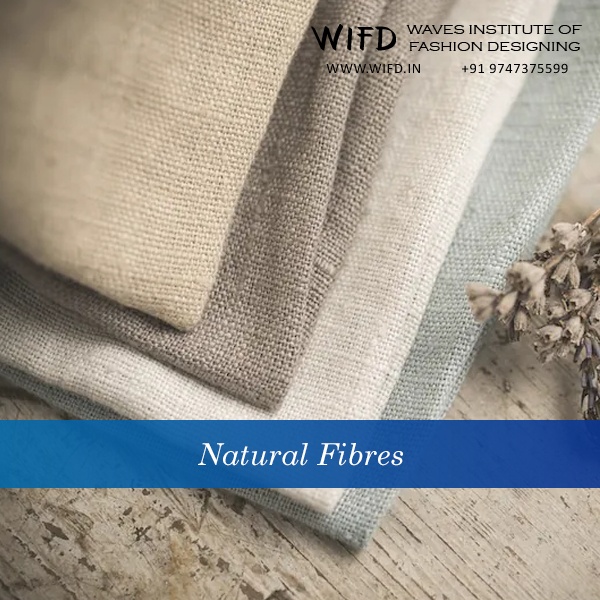
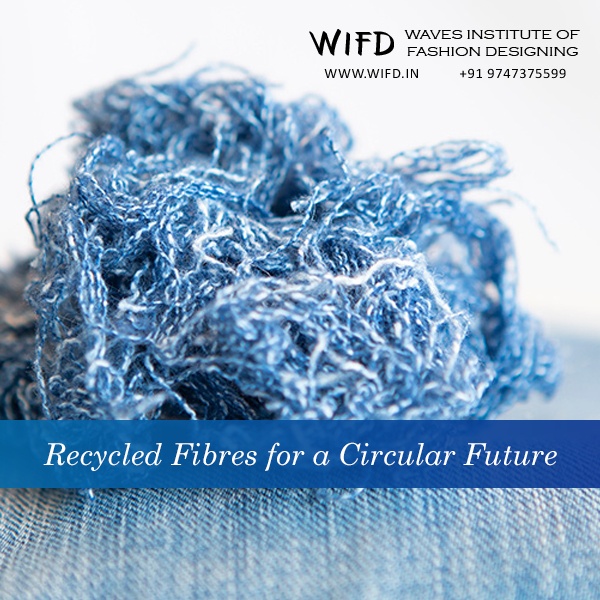
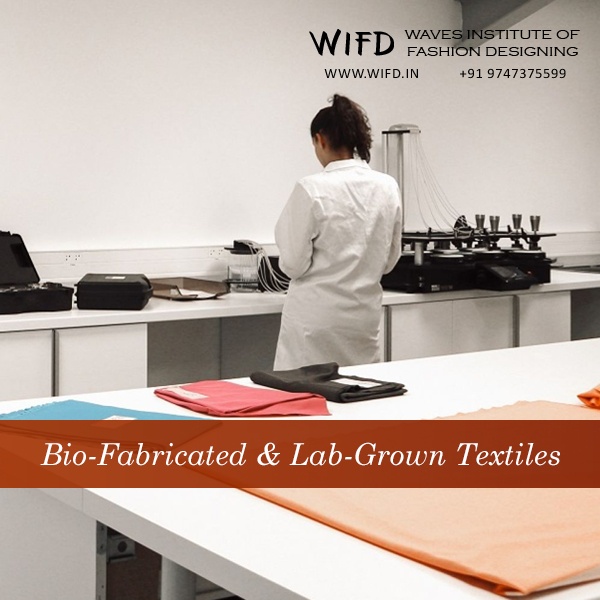
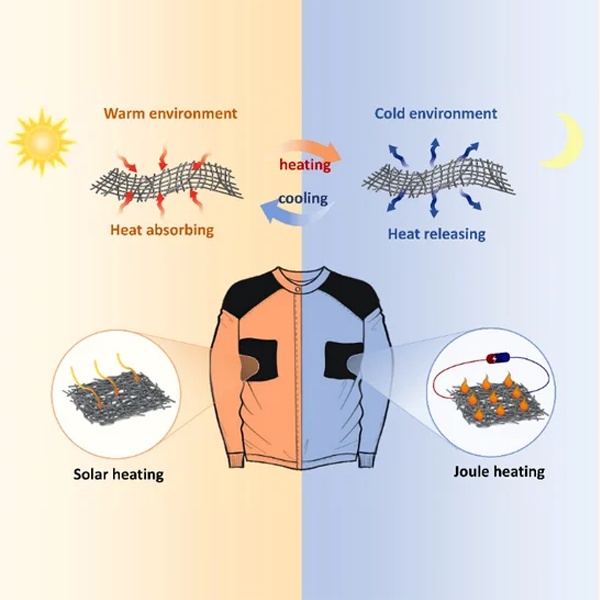



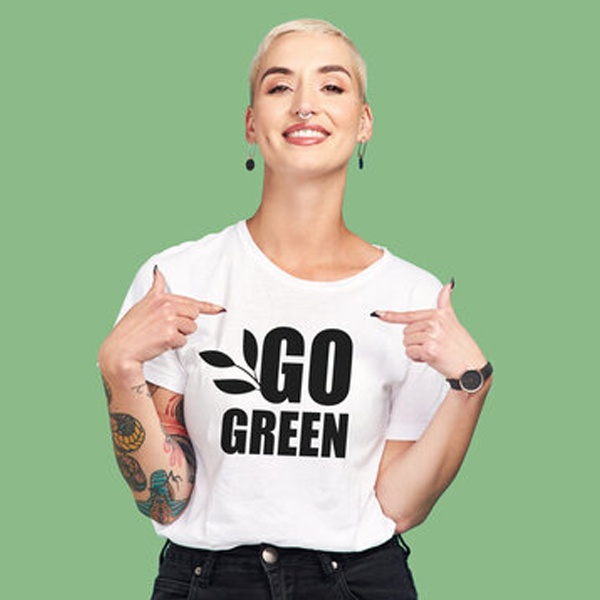
 CONTACT USWaves Institute of Fashion Designing,
CONTACT USWaves Institute of Fashion Designing,